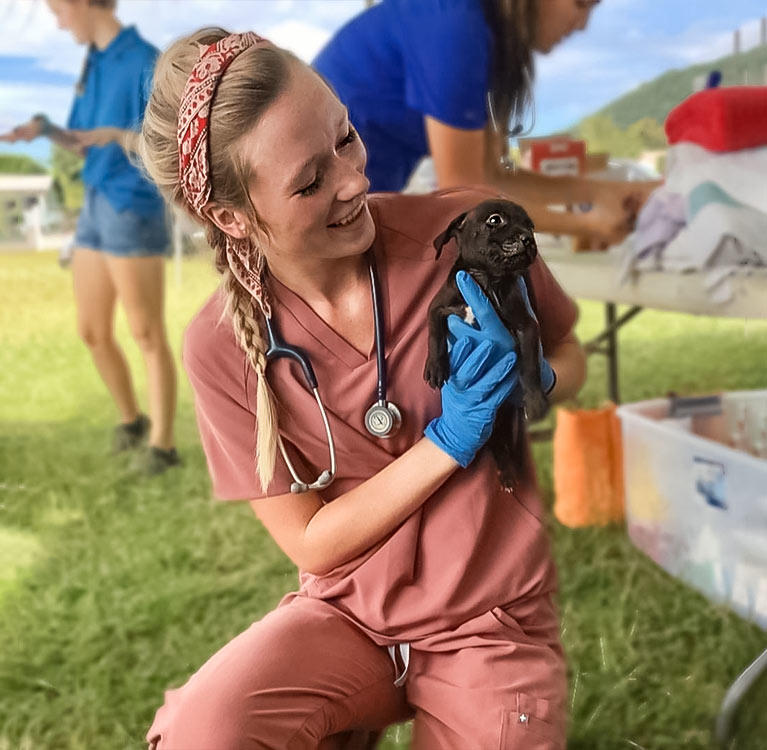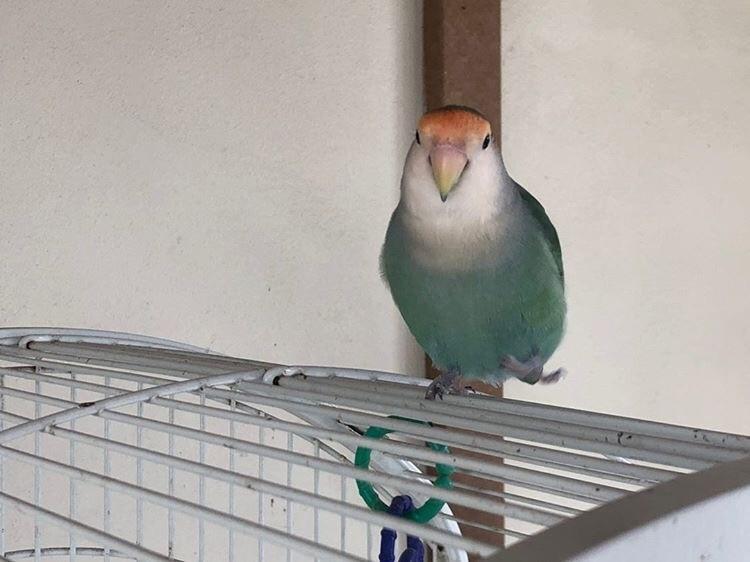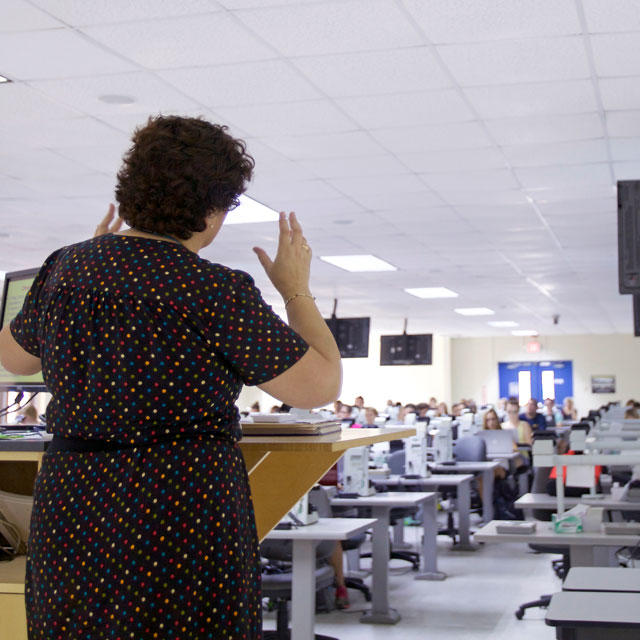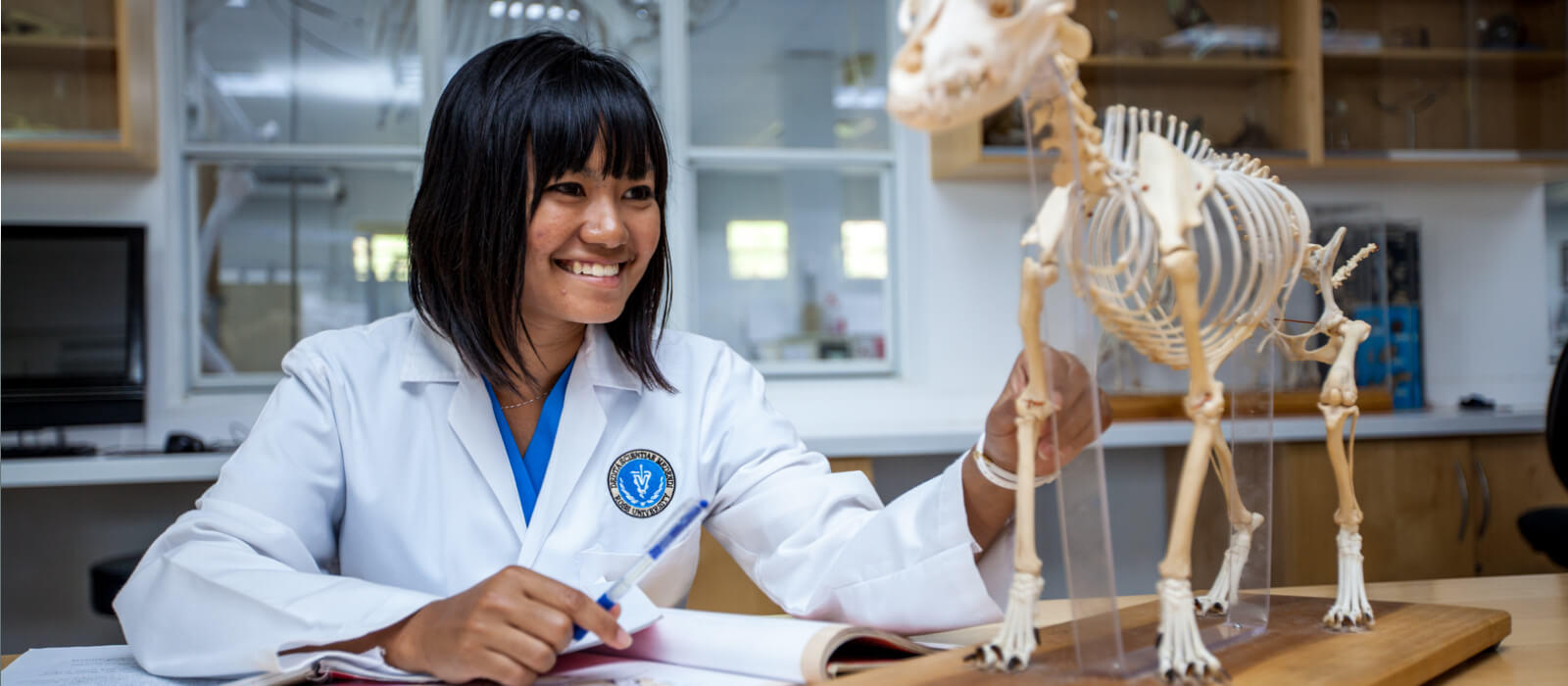If you are interested in becoming a veterinarian you should be aware that it can be a long and difficult—but rewarding—path. The long path requires dedication and patience, as well as excellent grades and test scores. It also requires a desire to learn and the compassion to help animals as well as their owners. If you choose to pursue a veterinary career you should get real-world experience in the field and have meaningful and informative conversations with veterinarians. We have detailed the steps to become a veterinarian and earn a Doctor of Veterinary Medicine (DVM) degree—including undergraduate study and veterinary school. Consider everything well. It is a big decision to start down the veterinary path. Having a good sense of how to become a vet can aid in determining if this is the right career for you. If you think you want to be a veterinarian, ask yourself some questions:
- Do you love animals—and science?
- Are you fascinated by animal anatomy and the biological sciences?
- Are you geared toward community service and compassionate care?
- Do you want a challenging and rewarding career?
- Are you dedicated to relieving pain and suffering in animals?
- Are you an excellent student who wants to continue learning?
If you answered “yes” to one or more of these questions, then a career as a veterinarian may be for you.
How To Become A Veterinarian
If you are a high school student interested may be wondering, “Exactly how do I become a veterinarian?” While still in high school, you should look for a university with a good pre-veterinary preparation program and do your best to gain entry. “Pre-vet” is not a major, but rather a set of prerequisite courses needed for schools of veterinary medicine. A pre-vet program typically includes:
- Animal Sciences
- Biochemistry
- Biology
- English
- General chemistry
- Humanities/ Social sciences
- Math and Statistics
- Nutrition
- Organic chemistry
- Physics
- Zoology
As a pre-vet student you must take these classes, and you must get good grades in them. Grade point average (GPA) is one of the critical factors of veterinary school acceptance at many schools. You can major in whatever you like if you take the necessary pre-vet courses. Most pre-vet students, however, major in animal science, wildlife, or zoology, or such sciences as biology, biochemistry, biomedical sciences, or chemistry. You should also participate in undergraduate pre-vet clubs and organizations.
An important note to make when embarking on the journey of how to become a vet is that you need experience working with animals. Before applying to a school of veterinary medicine, a student must have solid experience working with animals—typically at least 150 hours. Most students have animal-related internships or work in animal clinics or shelters or veterinary offices, but opportunities also exist in aquariums, farms, microbiological labs, pet stores, stables, and zoos. Another aspect that may be beneficial to you when figuring out how to become a vet is to shadow a veterinarian. Developing a relationship with someone you shadow can help secure an all-important letter of recommendation that will be needed for the application process.
With pre-vet classes and animal experience under your belt, it is time to take the Graduate Record Examination (GRE), an important admissions requirement for veterinary as well as other graduate schools. The GRE measures your skills in analytical writing, critical thinking, and quantitative and verbal reasoning. Some schools request students take one or more of the GRE Subject Tests, which cover chemistry, mathematics, physics, and psychology. Some veterinary schools like students to take the Medical College Aptitude Test® (MCAT®), a requirement for students entering “human” medical school. When considering applicants for acceptance, veterinary schools weigh test scores equally with GPA—particularly in pre-vet classes—animal experience, and letters of recommendation.
The next step in your journey of how to become a veterinarian is to start applying to veterinary medical school. As a veterinary hopeful, you begin the application process to schools of veterinary medicine accredited by the American Veterinary Medical Association (AVMA)—such as the Ross University School of Veterinary Medicine (Ross Vet)*. Most students apply to four or five schools during the summer before their senior year of university. Many veterinary schools accept applications through the Veterinary Medical College Application Service (VMCAS), which is provided by the Association of American Veterinary Medical Colleges (AAVMC).
You should do your best to showcase your goals and ambition on application essays, and after a school shows interest, you will need to impress in an admission interview as well. Your qualifications will be on paper, but you can show your mettle and demonstrate your animal knowledge during an interview. A crucial aspect to note when learning about how to become a veterinarian is the significance of your interview. An important point to make in an interview is that you understand the realities of being a veterinarian—it is not all about checkups for cute animals. Veterinary medicine deals with animal diseases, and many animals a veterinarian will see will be suffering—without the ability to say what is wrong.
If you are a university graduate who wants to pause awhile or add to your undergraduate education before applying to veterinary schools, a “gap year” may include working in an animal field or attending a healthcare master’s program or postbaccalaureate pre-vet program. A gap year is often more than one calendar year.
Veterinary Education
You may be curious to know how long does it take to become a vet, and what schooling is involved after completing your undergraduate degree. A typical DVM program curriculum spans four years. At Ross Vet, we offer an accelerated program designed to take 3.25 years. This includes ten semesters of learning experiences. Your first seven semesters are spent on campus in St. Kitts completing 130 semester credit hours of specifically prescribed coursework. Throughout the program, you are guided through intensive science classes that teach professional, research, and veterinary skills. You also learn about diseases, diagnosis and treatment concepts, and the structure and functions of an animal’s body. You also spend significant time in clinical practice gaining hands-on experience with patients. DVM program classes may include:
- Animal Production Systems
- Bacteriology
- Behavior
- Ethics
- Gross Anatomy
- Immunology
- Infectious Diseases
- Microscopic Anatomy and Embryology
- Nutrition
- Parasitology
- Pathobiology
- Pharmacology
- Physiology
- Structure and Function
At Ross Vet, you are required to complete a minimum of 45 weeks of supervised and evaluated clinical curriculum at an affiliated school to be eligible for graduation. Your clinical experience includes successfully completing 20 weeks of core rotations. The remaining time is dedicated to a combination of electives and externships to expose you to a broad range of skills from different specializations. Each clinical rotation lasts 6 to 8 weeks, and each student rotates through the different services. The final year of veterinary school is dedicated to creating “practice-ready” students through hands-on training in clinical laboratories and animal hospitals that best prepare you for how to be a veterinarian. During that time, you may learn:
- Anesthesiology
- Animal Handling
- Animal Medicine
- Clinical Pathology
- Critical Care
- Radiography
- Surgery
- Ultrasonography
In your final year, you may also prepare for specializing in a specific veterinary medical area by deciding on such veterinary tracks as companion animal, equine, food animal, or small animal. You may complete three-week elective blocks to study such specialties as embryo transfer, intensive food animal operations, pet bird/ exotic animal practice, pharmaceutical laboratory research, or zoo animal practice. Beyond your coursework, many veterinary students are expected to complete a six-week externship (off campus) under the supervision of a veterinarian.
At some point in your final year, either in the fall or spring or both—you take the North American Veterinary Licensing Examination® (NAVLE®), a requirement for licensure to practice veterinary medicine. Administered by the International Council for Veterinary Assessment (ICVA®), the NAVLE includes two categories: clinical and professional competencies, and species diagnoses. It is a difficult exam to pass, and many students take it in the fall just in case they need to try again in the spring. You can take the exam up to five times.
Having fulfilled all requirements, including any research or community service obligations, you will graduate at the end of your clinical year. You will receive your Doctor of Veterinary Medicine degree and earn the title, doctor. Some students combine their DVM with a master’s degree in public health research or public policy. Others may add a doctorate in such fields as animal diseases, biomedical research, biopharming, or food safety. To begin practicing veterinary medicine, licensed DVM’s need only meet their individual state’s requirements regarding competence and conduct. Veterinarians may be certified by the American Board of Veterinary Practitioners and by the board of their eventual specialty, and they may apply for membership in the AVMA or other professional societies.
How long to become a veterinarian may be decided by additional training you pursue after graduation. As a DVM who wishes to further your training, you may apply for internships and then veterinary residencies. Senior studies conducted by the AVMA in 2019 found that about 28 percent of new DVM’s choose to pursue internships.
How long does it take to become a veterinarian?
Additional veterinary education through internships and residencies may lengthen your time to practice. A veterinary internship is a one-year program in a clinic, hospital, medical college, or private practice that prepares a veterinarian for high-quality service in practice or advanced specialty training. You may apply for internships—while still a student or after you complete your DVM—in the autumn for programs that begin the next summer. Most students use the Veterinary Internship and Residency Matching Program (VIRMP) sponsored by the American Association of Veterinary Clinicians (AAVC). Applicants create a “rank-order list” of preferred internship programs which is matched against a similar list created by the programs. You are judged according to academic performance in your veterinary curriculum and recommendations from veterinary school faculty. In February—on “Match Day”—you learn if you have been matched with an internship program. According to VIRMP, about 66 percent of applicants were matched with their internship of choice in 2020.
Interns at large referral centers may handle a larger number of challenging cases than interns at smaller private practices. All interns, however, gain valuable experience with different types of veterinary medicine, and that experience helps DVM’s decide if they are ready for private practice or if they wish to advance to a residency, which is usually two or three more years of advanced training.
If you are a veterinarian who has completed an internship or who has two years of private practice experience, you may apply for residency programs. The residency application process, again through VIRMP, is similar to the internship process, and about 86 percent of residency applicants are matched. That number increases or decreases according to the competitiveness of the veterinary specialty, however. In 2020, only about 17 percent of applicants to small animal surgery residencies were matched, while anesthesia residency applicants matched at a rate of 83 percent. How to be a veterinarian with a high chance of getting a match? Most residency hopefuls find it beneficial to apply to more than one specialty.
Residency training is more specialized than an internship. As a resident, you can consult and interact with specialists, handle emergency cases, make daily clinical and formal rounds, manage medical and surgical cases, and present in journal clubs. As a resident, you can also complete research in your specialty and publish work in veterinary literature. You may also deliver continuing education lectures and supervise interns and veterinary students. The many residency specialties include:
- Ambulatory
- Anesthesiology
- Avian Medicine
- Behavior
- Cardiology
- Clinical Nutrition
- Dentistry
- Dermatology
- Diagnostic Imaging and Radiology
- Emergency Medicine/ Critical Care
- Equine Surgery
- Exotic/ Wildlife/ Zoo
- Food Animal Medicine and Surgery
- Herd Medicine/ Agricultural Practice
- Laboratory Animal/ Comparative Medicine
- Medicine—Large Animal
- Medicine—Small Animal
- Neurology/ Neurosurgery
- Oncology
- Ophthalmology
- Radiation Oncology/ Therapy
- Sports Medicine and Rehabilitation
- Surgery—Large Animal
- Surgery—Small Animal
- Theriogenology
- Zoology Medicine
After successfully completing a residency program, you must then pass demanding examinations to become board-certified veterinary specialists.
The path for how to become a veterinarian will depend on your areas of interest and career path. But all veterinarians will first need to earn their DVM Ross Vet provides an accelerated, broad-based curriculum that integrates classroom study, research, and hands-on training. Take the next step on your path to becoming a veterinarian: apply for admission to Ross Vet.
Related resources:
*Ross University School of Veterinary Medicine confers a Doctor of Veterinary Medicine (DVM) degree, which is accredited by the American Veterinary Medical Association Council on Education (AVMA COE), 1931 N. Meacham Road, Suite 100, Schaumburg, IL 60173, Tel: 800.248.2862. For more information please visit: https://www.avma.org/education/accreditation-veterinary-colleges.
The AVMA COE uses defined standards to evaluate veterinary medical education programs, including facilities, clinical resources, curriculum, faculty, student outcomes and research programs. The standards are interpreted and applied by the AVMA COE-accredited veterinary medical education programs in relation to its mission.







